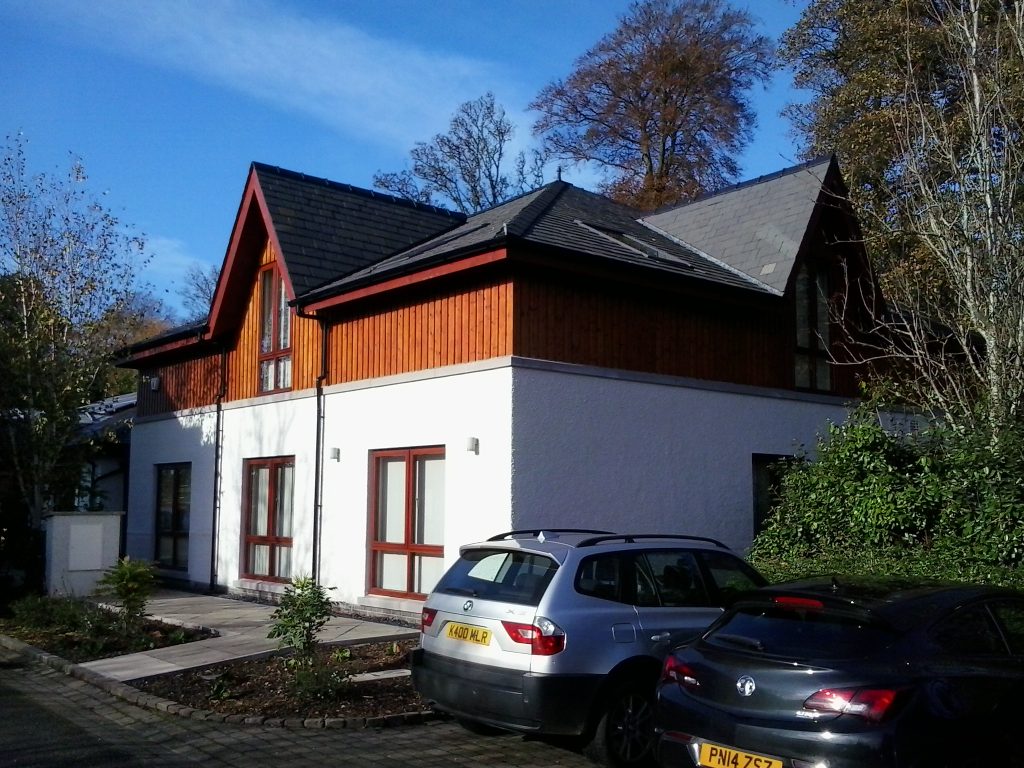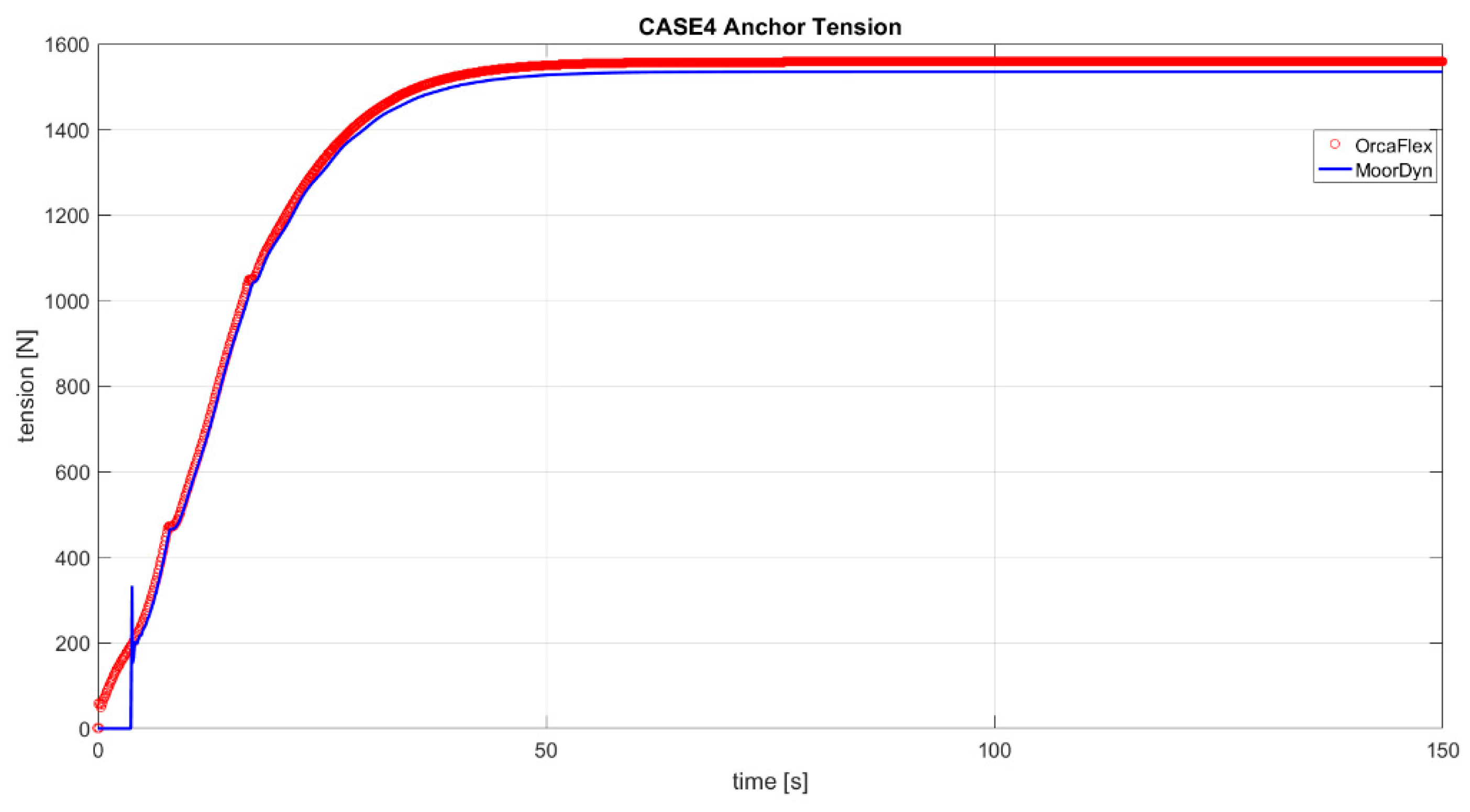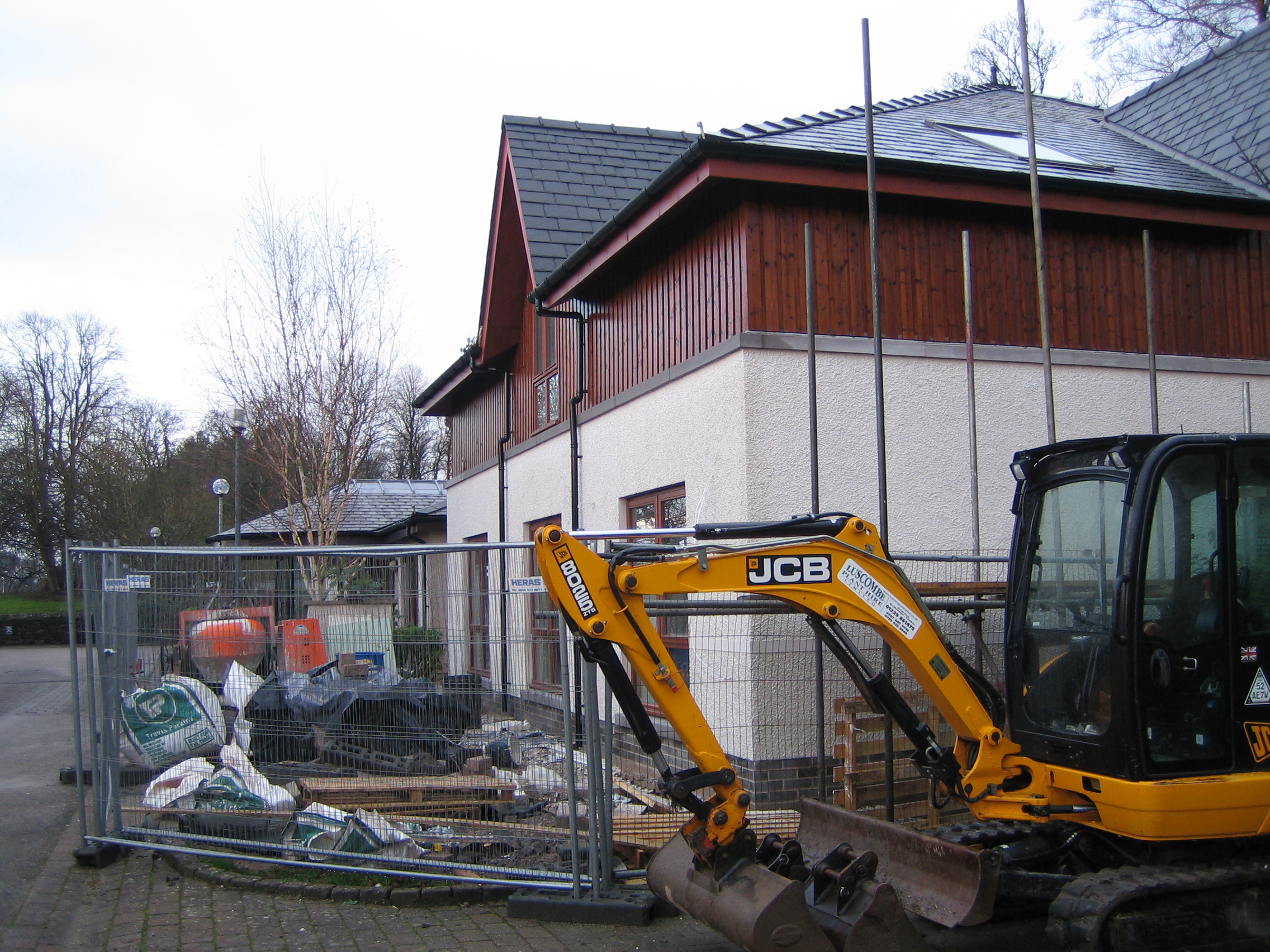

The drivetrain and nacelle components were scaled up from a smaller sized turbine using industry best practices. The rotor blade was optimized based on an IEC load suite analysis. The wind turbine more » chosen was a three-bladed, downwind, direct-drive, 10-MW rated machine.

Among the goals of this research was the exploration of advanced and innovative configurations that would help decrease the levelized cost of energy (LCOE) of the design, and the expansion of the basic IEC design load cases (DLCs) to include hurricane environmental conditions. As such, the turbine and its support structure would be subjected to hurricane-loading conditions. Department of Energy-sponsored research FOA 415, the National Renewable Energy Laboratory led a team of research groups to produce a complete design of a large wind turbine system to be deployable in the western Gulf of Mexico region. FAST.Farm makes use of FAST to model the aero-hydro-servo-elastics of distinct turbines in the wind farm, and it is based on some of the principles of the Dynamic Wake Meandering (DWM) model, but avoids many of the limitations of existing DWM implementations. FAST.Farm aims to balance the need for accurate modeling of the relevant more » physics for predicting power performance and loads while maintaining low computational cost to support a highly iterative and probabilistic design process and system-wide optimization. Achieving wind cost-of-energy targets - which requires improvements in wind farm performance and reliability, together with reduced uncertainty and expenditures - has been eluded by the complicated nature of the wind farm design problem, especially the sophisticated interaction between atmospheric phenomena and wake dynamics and array effects. This paper presents the development of FAST.Farm, a new multiphysics tool applicable to engineering problems in research and industry involving wind farm performance and cost optimization that is needed to address the current underperformance, failures, and expenses plaguing the wind industry. Preliminary results revealed that these loads excite the turbine's natural frequencies, namely the surge and pitch natural frequencies. A reference floating offshore wind turbine was studied under several wind and wave load conditions, including the effects of second-order slow-drift and sum-frequency loads. The method implemented more » was verified against the commercial OrcaFlex tool, with good agreement, and low computational time. As a result, this paper presents a computationally efficient methodology to consider these loads within FAST, a wind turbine computer-aided engineering tool developed by the National Renewable Energy Laboratory. Floating offshore wind concepts have been studied with powerful aero-hydro-servo-elastic tools however, most of the existing work on floating offshore wind turbines has neglected the contribution of second-order wave-excitation loads.

The design of floating offshore wind turbines was partially inherited from the offshore oil and gas industry. Relative to first-order, second-order wave-excitation loads are known to cause significant motions and additional loads in offshore oil and gas platforms. Our newly devised method, although still in its infancy in terms of tuning of the subparameters, is comparable to the others in terms of load estimation and its variance versus computational cost, and offers great promise going forward due to the incorporation of adaptivity into the already powerful importance sampling concept. We compared the various methods on select load channels as output from FAST, an aero-hydro-servo-elastic tool for the design and analysis of wind turbines developed by the National Renewable Energy Laboratory (NREL). Whereas a Monte Carlo (MC) approach would lead to the sought level of POE with a daunting number of simulations, IS-based techniques are promising as they target the sampling of the input more » parameters on the parts of the distributions that are most responsible for the extreme loads, thus reducing the number of runs required. ASIS combines elements of the binning and extrapolation technique, currently described by the standard, and of the importance sampling (IS) method to estimate load probability of exceedances (POEs). = ,Ī new adaptive stratified importance sampling (ASIS) method is proposed as an alternative approach for the calculation of the 50 year extreme load under operational conditions, as in design load case 1.1 of the the International Electrotechnical Commission design standard.


 0 kommentar(er)
0 kommentar(er)
